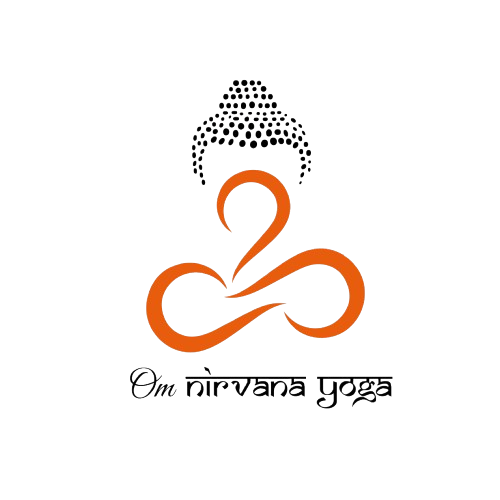

Ashtanga Vinyasa is a form of Hatha yoga system that combines breath and movement in a flowing series of asanas. Each asana has a unique amount of moves into and out of it (known as vinyasa). When performed on a regular basis, Ashtanga Vinyasa can assist to increase strength, flexibility, and stamina while also cultivating an overall sense of well-being and a focused mind.
Sri K. Patthabi Jois developed this method in Mysore, after learning it from his mentor, Sri T. Krishnamacharya. This type of yoga was originally developed to teach troops in the Maharaja of Mysore's army, hence the name. Patthabi Jois began teaching western students in Mysore in the mid-1960s, and he then traveled throughout the world at the invitation of his students to spread this kind of yoga.
In Ashtanga Yoga, the same predetermined sequence of postures is repeated each time we practice, causing the pattern to become familiar and allowing us to develop our own practice. When practiced attentively and in a way that is tailored to each individual, this yoga technique can be extremely therapeutic.
Ashtanga Yoga's fundamental practices include the Tristana technique (asana/ujjayi breath/drishti), Vinyasa (synchronized breath and movement), and bandhas (energetic locks or holds). In your Yoga TTC, you will study the Primary series set of asanas and practice them both in guided classes and in Mysore style, so that you will become stronger day by day and recall the sequence. Both forms of classes will take place under the careful supervision of your asana teacher.
In your art of teaching classes, you will learn all of the Primary series postures as well as how to alter and adjust them for different people's anatomy. In the philosophy session, you will learn in depth about Ashtanga Yoga (the eight limbs of Raja Yoga) as revealed by the ancient philosopher Patanjali in the Yoga Sutras.